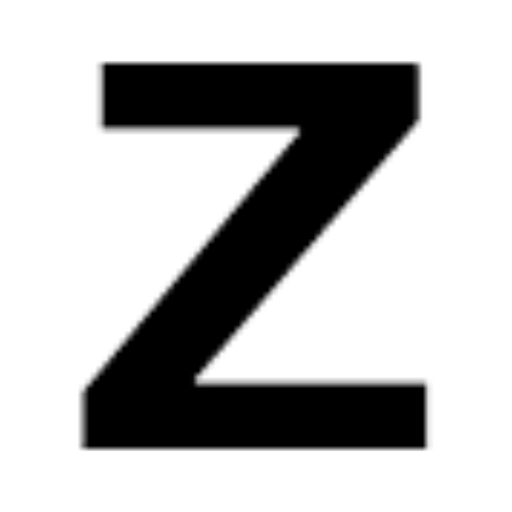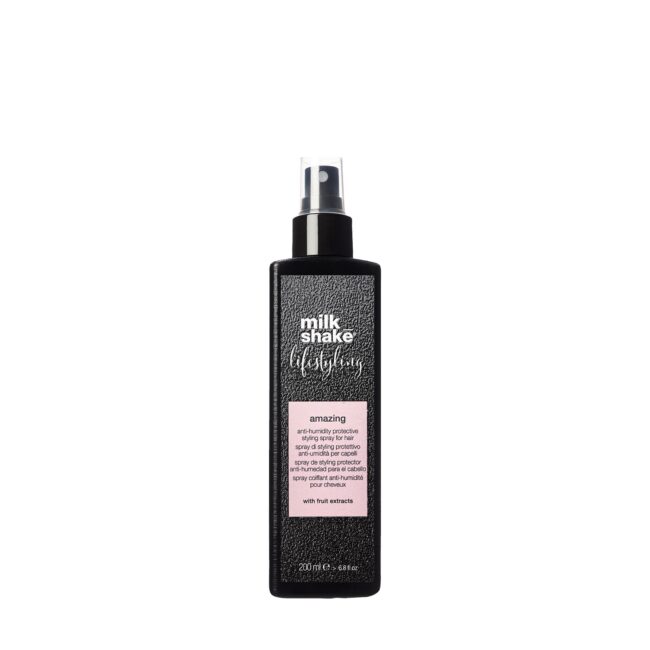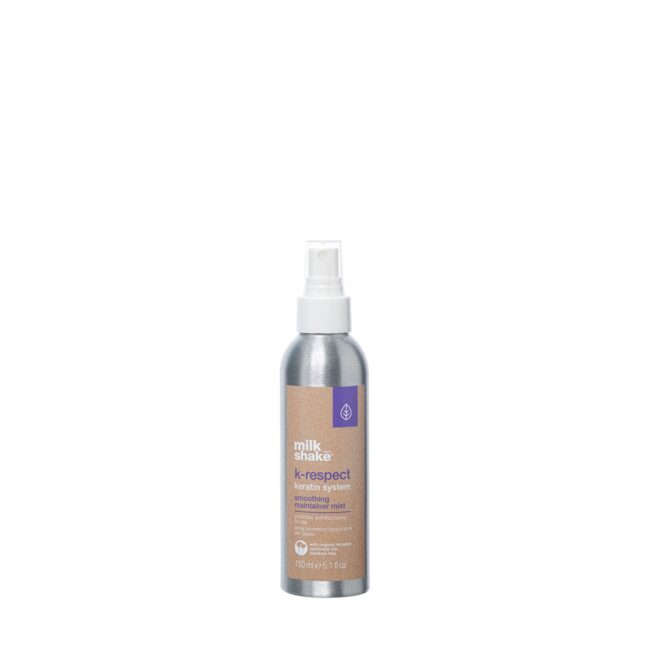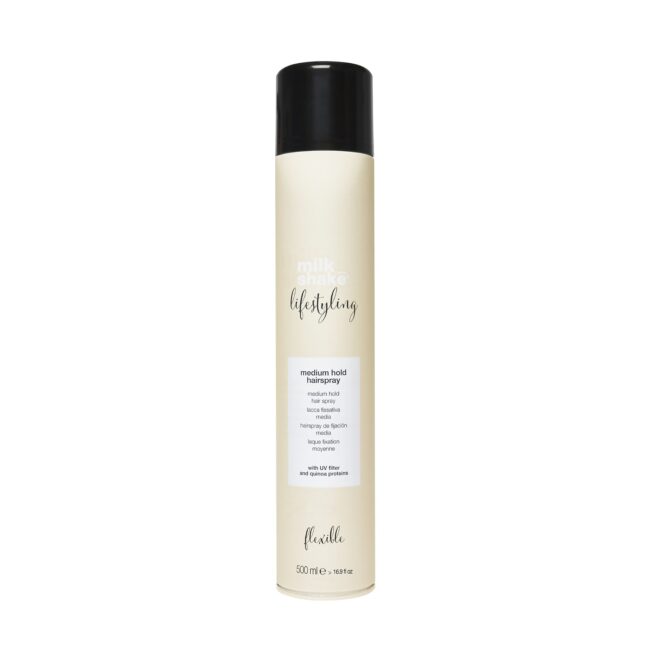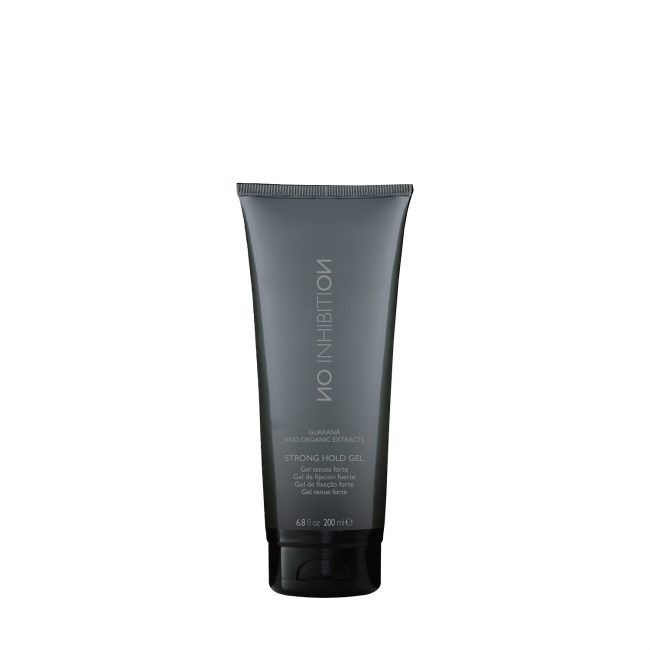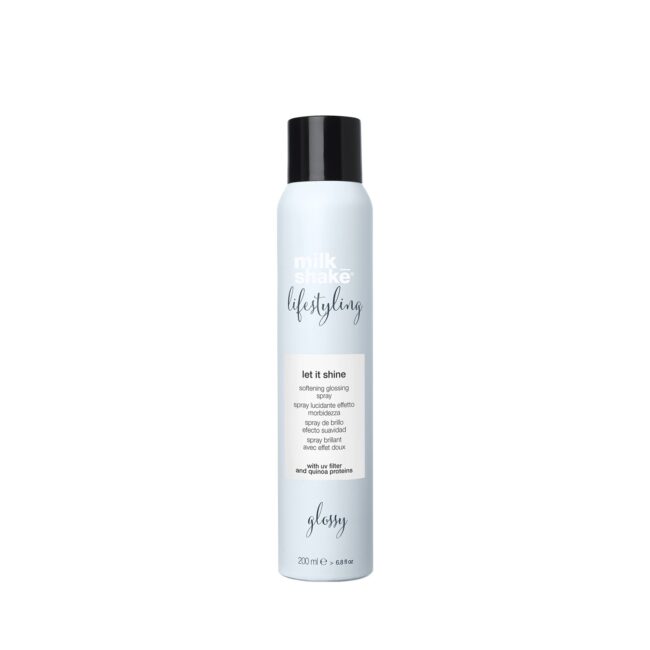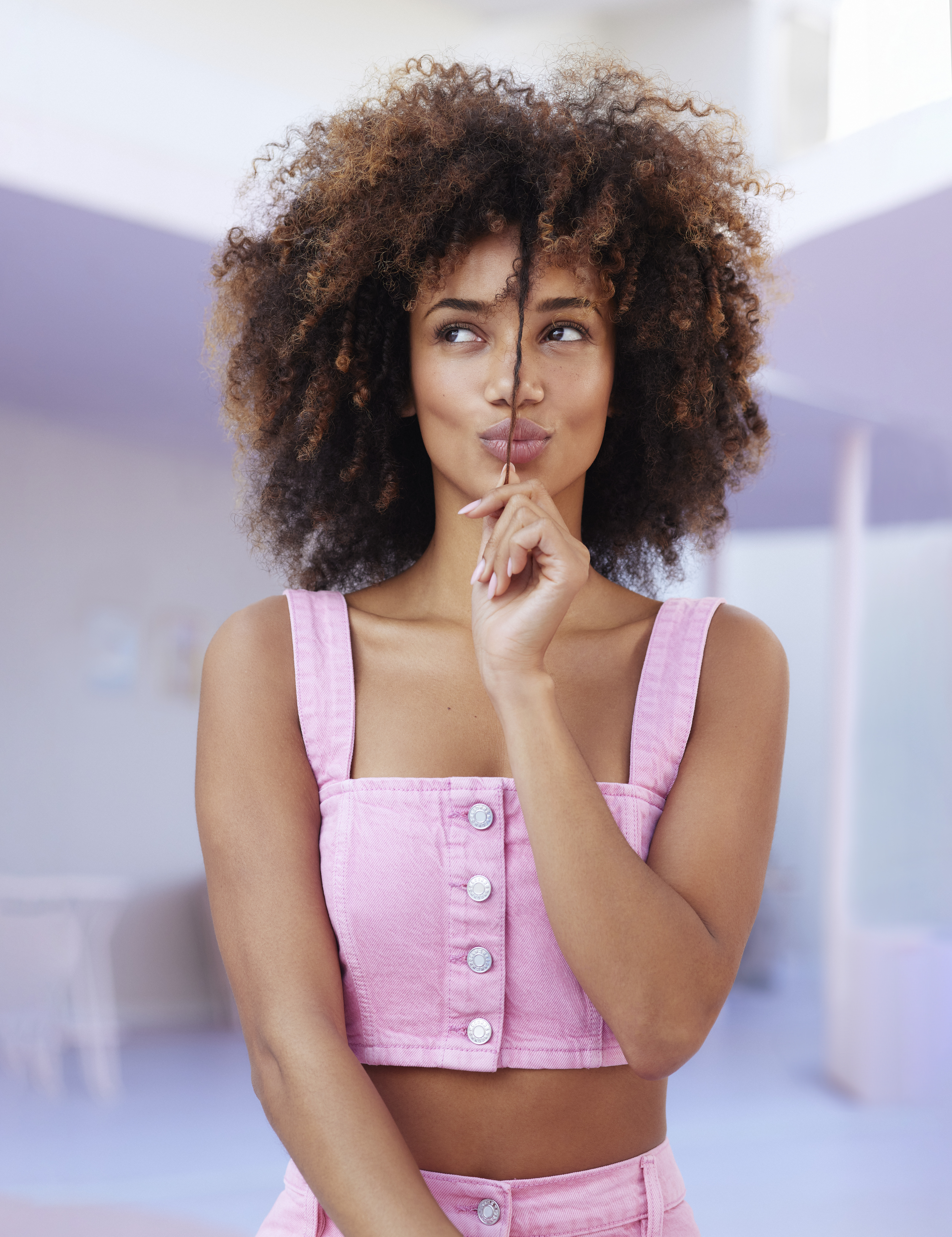Long fringe, short fringe, to the side, or full cut? Each one suits a face shape and character.
Bangs are a status quo, a stroke of the scissors et voilà: it gives an immediate fresher, younger, and self-confident feeling. Short bangs, long bangs, layered bangs, side bangs, straight bangs or wavy bangs – variety is certainly not lacking in this iconic and timeless haircut. The first true pioneer of the fringe in history seems to have been Cleopatra, queen of Ancient Egypt, portrayed in terracotta busts with a rigorous haircut.
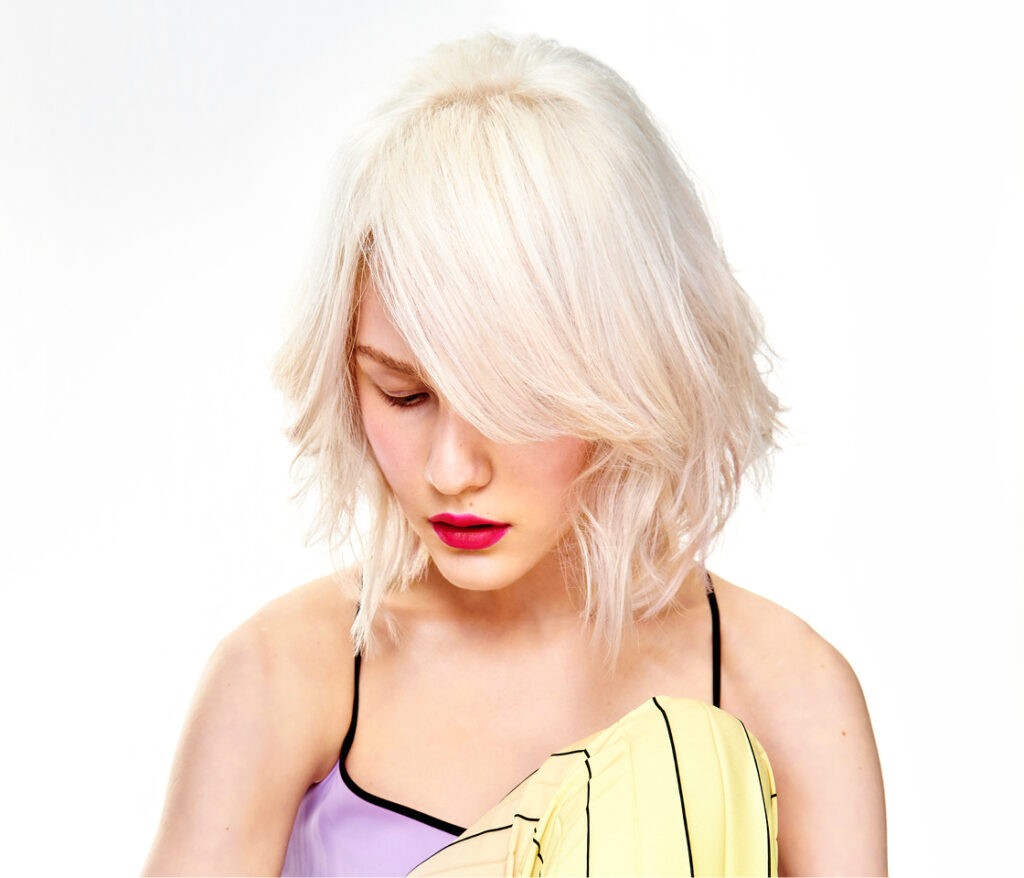
But after her, countless women recognized for their strong personalities sported bold bangs and fringes: Louise Brooks, Audrey Hepburn, Betty Page, Brigitte Bardot, Jane Fonda, Peggy Moffit, Jane Birkin and even Anne Wintour wore bangs as a symbol of their femininity, as fringes have been in constant evolution, especially in the twentieth century. And the stars of today are no less: the Hadid sisters, Emma Watson, Kim Kardashian and Kendall Jenner, Selena Gomez, Taylor Swift and many other international celebs of all ages have chosen the layered quiff or bangs above the eyebrow to enhance their features, look and smile, but above all to give expression to their character. After all, the word “fringe” comes from Latin, framea, and means spear, sword. Fringe power!
But be careful: hairstylists remind us that the fringe should always be best adapted to the shape of the face to enhance its proportions. Among the faces most suitable for wearing fringes is a rectangular face, because it tends to need to “shorten” the length of the face; and the heart-shaped and diamond-shaped face, which can wear a baby fringe to camouflage a spacious forehead.
Fringes for a rectangular-shaped face
The rectangular or elongated face, which usually has a high forehead and a vertical elongation, is particularly suitable for wearing a long and full fringe, capable of balancing the proportions by optically shortening the face.
Fringes for a heart-shaped or diamond-shaped face
For a heart-shaped face, on the other hand, characterized by a wide forehead, pronounced cheekbones and small chin, it is better to have thick hair that gives movement and is able to optically enlarge the lower part of the face, diverting attention from the upper part. Yes, therefore, to side bangs, but straight bangs are ok too, as long as they are thick enough.
Even for the diamond face, go ahead with bangs, but only if thin and light, which creates a fresh look, or full and lateral for a more bold effect.
Fringes for an oval-shaped face
For the oval face, which tends to be well proportioned, with regular and delicate features, the mistake to avoid is to show off full, thick cuts and long bangs which instead tend to blur the harmony of the face. But if the forehead is wide enough, experimenting with all types of bangs is ok, including longer and fuller ones. Otherwise, it is better to opt for lighter and more slender cuts, which can also be worn sideways.
Fringes for a triangular-shaped and square face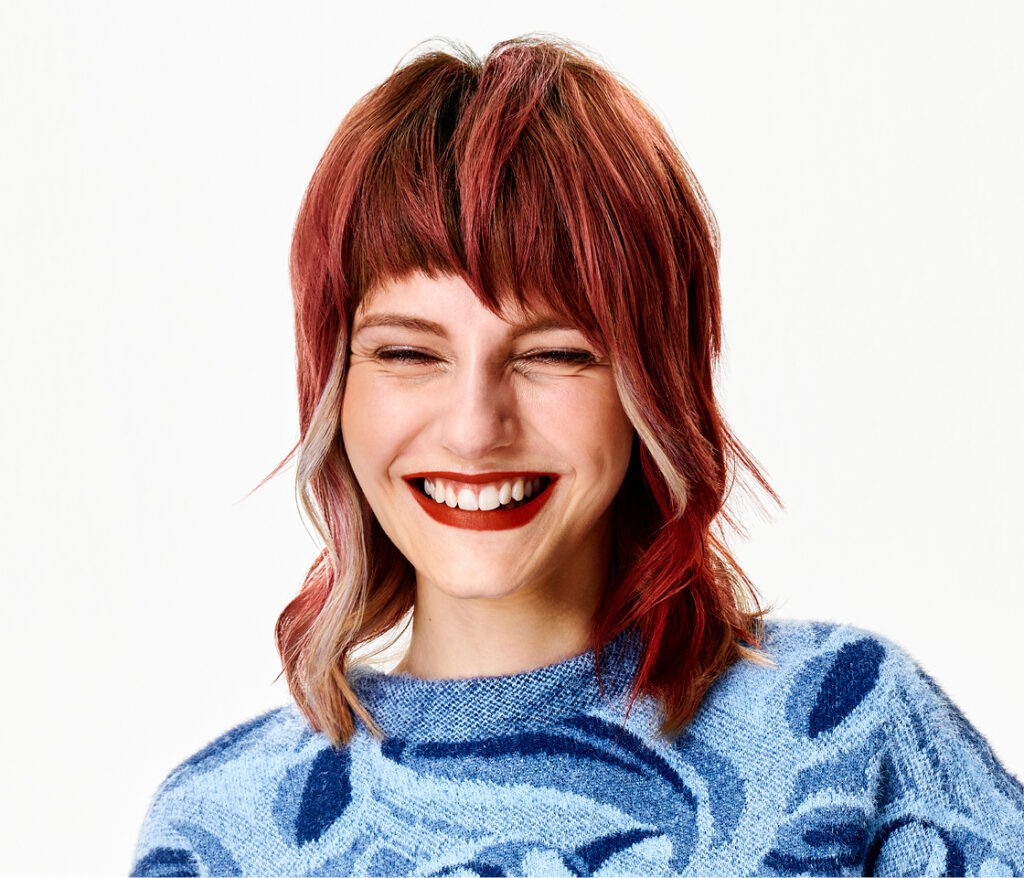
To rebalance the proportions of the triangular face, with a low and narrow forehead, and in which the lower part prevails over the upper one, the ideal fringe is long, layered and dishevelled, straight or to the side. Avoid the short “pin-up” style bangs and even haircuts.
SOS square face: to rebalance the angular features with an evident jaw, yes to voluminous and lateral quiffs that smoothen the hardness of the features. No to heavy fringes and geometric cuts.
Fringes for a round face
The round face is par excellence the least suitable for showing off bangs, the short hair (even a bob cut) tends to emphasize the roundness of the face. But with a layered, dishevelled, side fringe, it’s a whole different story.
So, good news: the truth is that bangs are for all face shapes, each with the right proportions. And if you haven’t tried it yet, 2020, the threshold of a new decade, is certainly the year for experimentation.


